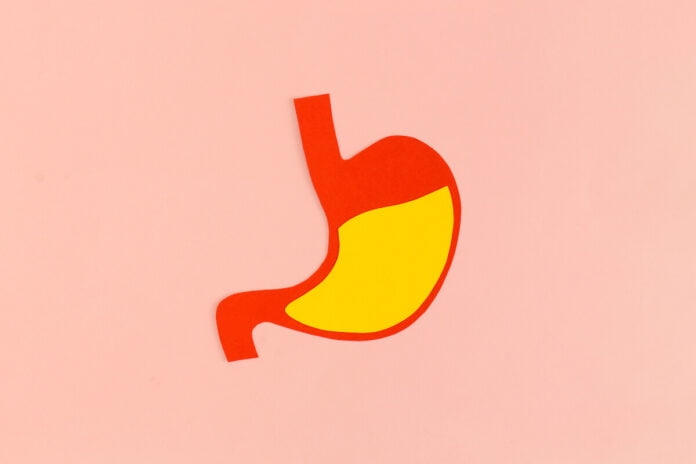Have you ever wondered how we process food? The digestive system is in charge!
The digestive system is in charge of carrying out one of the main functions of our body, the process of digestion. This function is what allows the body to obtain various nutrients from food that will then be absorbed.
The digestive process has the ability to break down food into small parts until it reaches the nutrients so that our body can absorb them efficiently and make use of them, contributing to its proper functioning, as well as providing us with energy, contributing to growth and repair. cell phone.
What parts of the body are part of the digestive system?
The digestive system is mainly composed of:
- Mouth: is where chewing takes place.
- Esophagus: tubular-shaped structure that joins the mouth with the stomach and helps propel the passage of food.
- Stomach: This organ deals with digesting food. Enzymes and gastric acid participate in the digestion process.
- Liver: organ in charge of producing bile, which contributes to the digestion of fats.
- Gallbladder: characterized by being sac-shaped, it is responsible for storing the bile produced by the liver and releasing it as necessary.
- Pancreas: gland responsible for producing insulin, a hormone of relevance in the metabolism of sugars.
- Small intestine: in this organ the digestion of food is finished and nutrients are absorbed. The small intestine is made up of three parts, the duodenum, jejunum, and ileum.
- Large intestine: full of thousands of bacteria, in this portion of the digestive system water is absorbed and feces are formed through which waste substances are eliminated.
- Anus: area through which feces are expelled.
Each part of the digestive system needs to work properly in order to provide our body with the nutrients it needs.
How does the digestive system work?
- In the mouth, food is crushed into smaller parts and together with the help of saliva, the food bolus is formed. This bolus, through the tongue, is pushed down the throat to reach the esophagus.
- Once it reaches the end of the esophagus, the food bolus passes through the esophageal sphincter into the stomach.
- When it enters the stomach, the bolus is mixed with digestive juices that contain enzymes, which begin to digest the food, which then passes into the small intestine.
- In the small intestine, the digestion process continues while the nutrients obtained are absorbed.
- Continuing, those indigestible parts of food pass into the large intestine.
- The large intestine finally absorbs water and converts the waste into feces that continue to move through it until it is evacuated.
Thus fulfilling its main function, digestion, providing our body with the nutrients and energy it requires.
What foods support the care of the digestive system?
Being the normal functioning of the digestive system vital to our health, here we share some foods that help keep it healthy:
- Yogurt: A fermented dairy food that may contain probiotics, bacteria that are good for gut health.
- Apple: thanks to its soluble fiber content, it helps prevent constipation.
- Chia Seeds: source of fiber, which contributes to intestinal well-being.
- Papaya: A fruit that contains papain, an enzyme that can break down protein fibers. It is also related to providing benefits in cases of constipation by contributing to digestive health.
- Whole Grains: Whole grains are high in fiber, some examples are wheat bran, oats, quinoa, and products made from them. Insoluble fiber contributes to bulking up your stool, so it can help reduce constipation.
- Beetroot: provides benefits to the digestive system due to its fiber content.
- Nuts: They are a great source of insoluble fiber, which can support intestinal health.
- Dark green vegetables: source of insoluble fiber, which can help relieve constipation, promoting the health of the digestive system. Among them we find spinach, broccoli, kale, among others.


